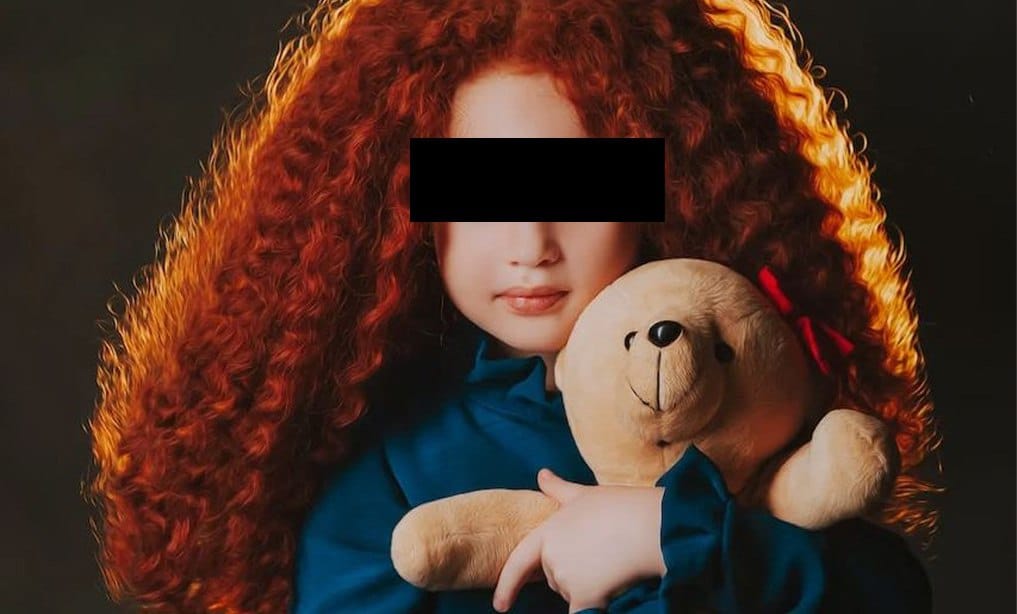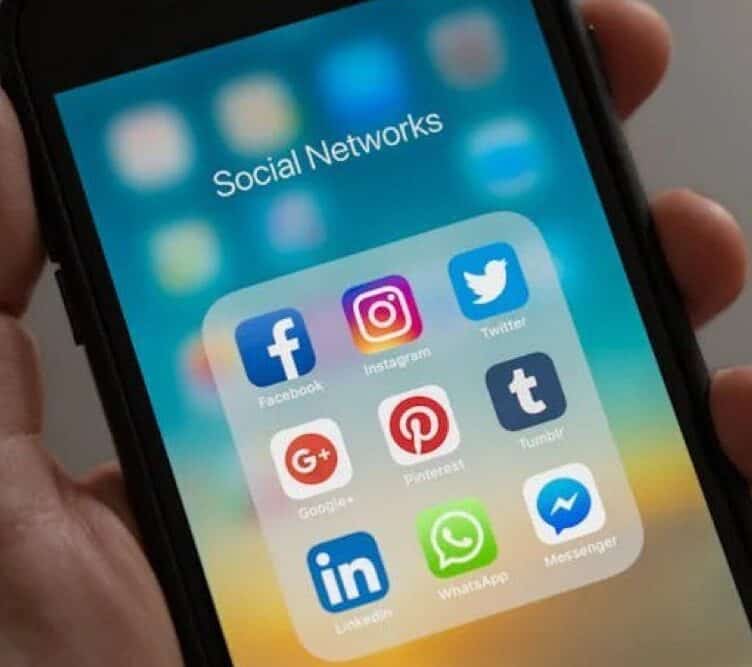THERE are laws against exploitation of children.
Yet, there are scenarios where laws are not enough. There are still cases where children, whether directly or unintentionally, are being exploited.
One area of paramount concern is advertisement.
Almost always, children are being used for commercials, print ads, brand endorsements and film and television work. Because they are underaged, strict rules are being implemented to make sure minors are protected.
Over the past week, global outrage sparked following the controversial Spring 2023 campaign of luxury fashion house Balenciaga supposedly sexualizing children. Their ad campaign apparently featured children being photographed alongside elements such as displays of Supreme Court decisions on child pornography, teddy bears adorned with BDSM-inspired harnesses and an art book featuring children and adults engaging in cannibalism.
In a statement, the people behind the advertisement said that it was never their intention to hurt children, let alone promote child exploitation. But it did. It prompted a deluge of protests online.
With dangers like this, how then should children be properly used in advertisements?
Children have long been perceived to drive rational and emotional impact towards varied target audiences. That is because their innocence and natural appeal makes any product they endorse be instantly endearing to the consuming public.
According to the Ad Standards Council, clear Standards for the Protection of Children were specifically defined.
Article 3 section II item a says “Children shall not be presented as being in contact with, or demonstrating a product, recognized as potentially dangerous to them. Advertising materials depicting or describing acts that would likely tend to harm children is prohibited.”
In the Philippines, Republic Act No. 9775, or the Anti-Child Pornography Act of 2009, protects children from all forms of exploitation and abuse including, but not limited to, the use of a child in pornographic performances and materials and the inducement or coercion of a child to engage or be involved in pornography through whatever means.
This is why locally, several measures have been done to lessen if not curb the proliferation of online child pornography.
Just this November, Globe Telecom Inc. has blocked 278,555 URLs and domains hosting child pornography from January to September of this year. According to the telco giant, the effort is part of their commitment to combat Online Sexual Abuse and Exploitation of Children in the country.
Social networking site Twitter received tremendous backlash over the supposed proliferation of online flesh trade in the platform. Because of this, major advertisers have suspended marketing campaigns or have totally removed their ads from parts of Twitter because their promotions appeared alongside tweets soliciting child pornography.
It is happening in Western countries. It is happening in the Philippines. About time Congress passed more laws to keep up?
How useful was this post?
Click on a star to rate it!
Average rating 0 / 5. Vote count: 0
No votes so far! Be the first to rate this post.
We are sorry that this post was not useful for you!
Let us improve this post!
Tell us how we can improve this post?








